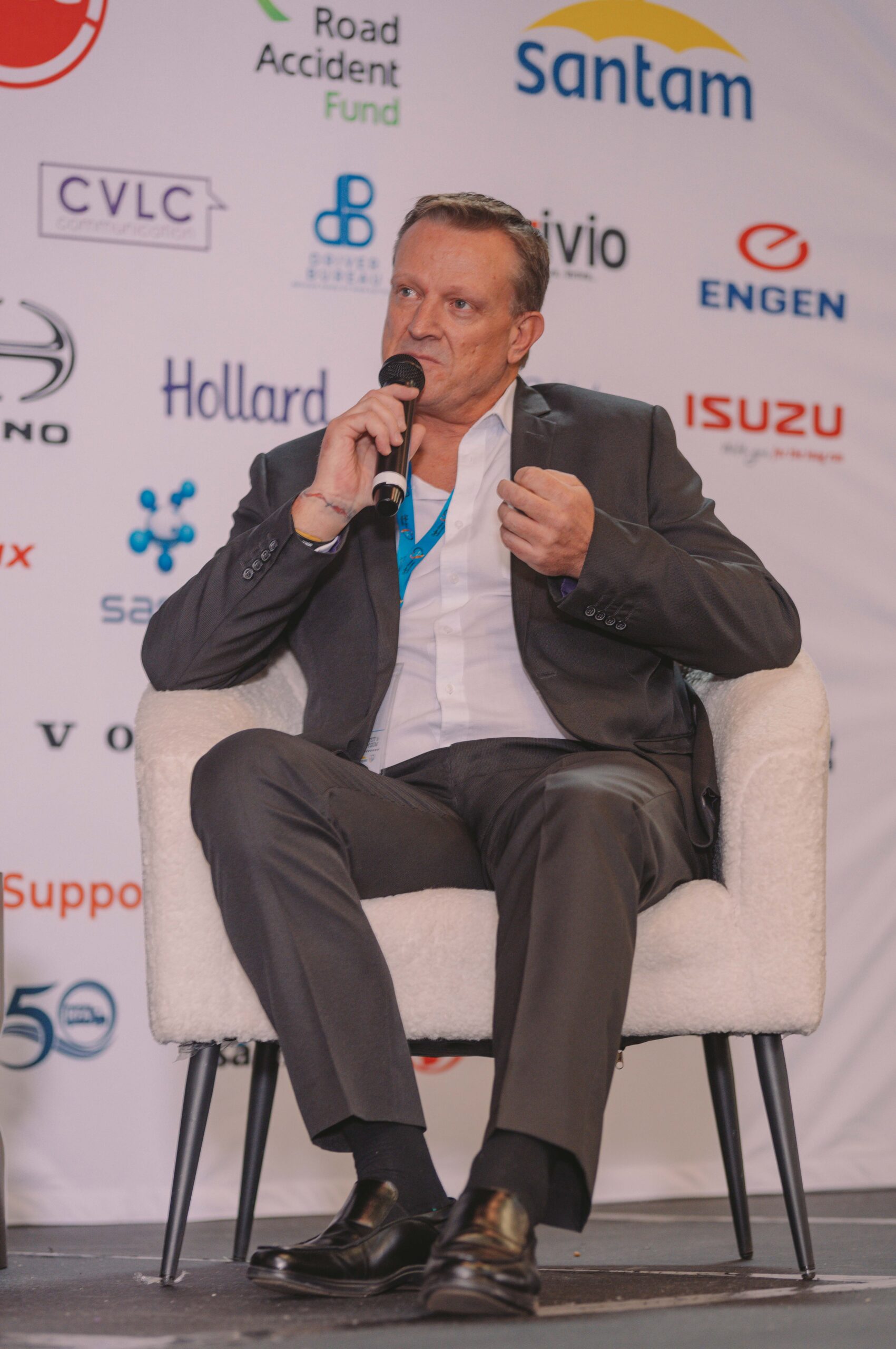Recognising that truck drivers are the transport industry’s asset, is Anton Cornelissen, head of Santam Heavy Haulage.
The heavy haulage industry faces unique challenges, which are well-documented. As it currently stands many fleet management companies have reduced their fleets by 10-15%, and some never recovered from the impact of Covid-19. New threats are also emerging, such as cybercriminals hacking delivery schedules sending drivers to the wrong address, where loads are captured, putting driver’s lives at risk.
Truck drivers’ lives are also at risk due to increasing health issues caused by spending too much time seated, poor diet, high cholesterol, declining eyesight, and loneliness caused by being away from loved ones for long periods. These challenges have highlighted that to sustain and thrive, the industry requires actions and interventions that ensure drivers are kept healthy and safe.
The health, safety, and wellness of truck drivers has, as a result, morphed beyond their own and employer concerns, into an industry challenge where collective stakeholders, including Santam Heavy Haulage, are pivotal role players in driving initiatives that promote the wellbeing of truck drivers and road safety in general.
“There is a clear call to action,” says Head of Santam Heavy Haulage, Anton Cornelissen, “which speaks to how we ensure that drivers reach and return to destinations safely! With the backing of the Department of Transport, the heavy commercial industry has recognised that comprehensive well-being programmes are not merely beneficial, but crucial. This is evidenced by the number of wellness and road safety initiatives that are in play, from SaferStops to on-road Wellness Clinics, to Masterdrive and new telematics systems.”
Telematics is a particular case in point. These systems have been viewed with some scepticism by drivers, who see them as intrusive and view them with suspicion. “With the recent addition of AI, drivers are now rated by what they are doing right instead of highlighting what they do wrong,” says Cornelissen. “This is invaluable in identifying not just good driving habits, which can be rewarded, but also indicators of poor health or fatigue, and where to access health resources on the road.”
A large part of the fatigue is caused by the pressure put on drivers to drive for long hours without resting. Additionally, a poor diet is also a contributor to fatigue. It is estimated that long-haul drivers currently spend between R50 and R120 per lunch. These usually comprise energy drinks and fast-food meals that have little to no nutritional value. Over a two-week-long, long-haul, this becomes the largest deduction from their income,” Cornelissen points out. “This is why SaferStops has prioritised the evolution of rest points that offer shower and sleeping facilities, and nutritious and cost-effective meals that are subsidised by the government.
“These, and existing weigh-station and other on-road wellness clinics, are also being used to interview drivers about their stress levels, loneliness, fears of being targeted by criminals for example, as well as being able to avail of basic medical tests such as Santam sponsors in collaboration with other stakeholders, for identifying health markers such as cholesterol, diabetes, eyesight, blood pressure etc.”
Programmes such as these are not motivated by being the biggest or best in the insurance industry, nor are they about how to justify premiums or risk management. As Cornelissen explains: “When you prioritise driver wellbeing, you are in effect weaving investment in a more sustainable, safer, and healthier economy, and boosting company performance. A health-conscious culture is pivotal. It sends a strong message that even beyond an employer’s role, insurers like Santam value drivers’ health and wellbeing.
“‘Get our driver’s back safely’ is no longer a talking point … evidenced by tangible efforts that show genuine concern. At Santam Heavy Haulage, we maintain that size or performance in the market is not everything. By doing right by our drivers, we ensure the future stability of road freight.”





